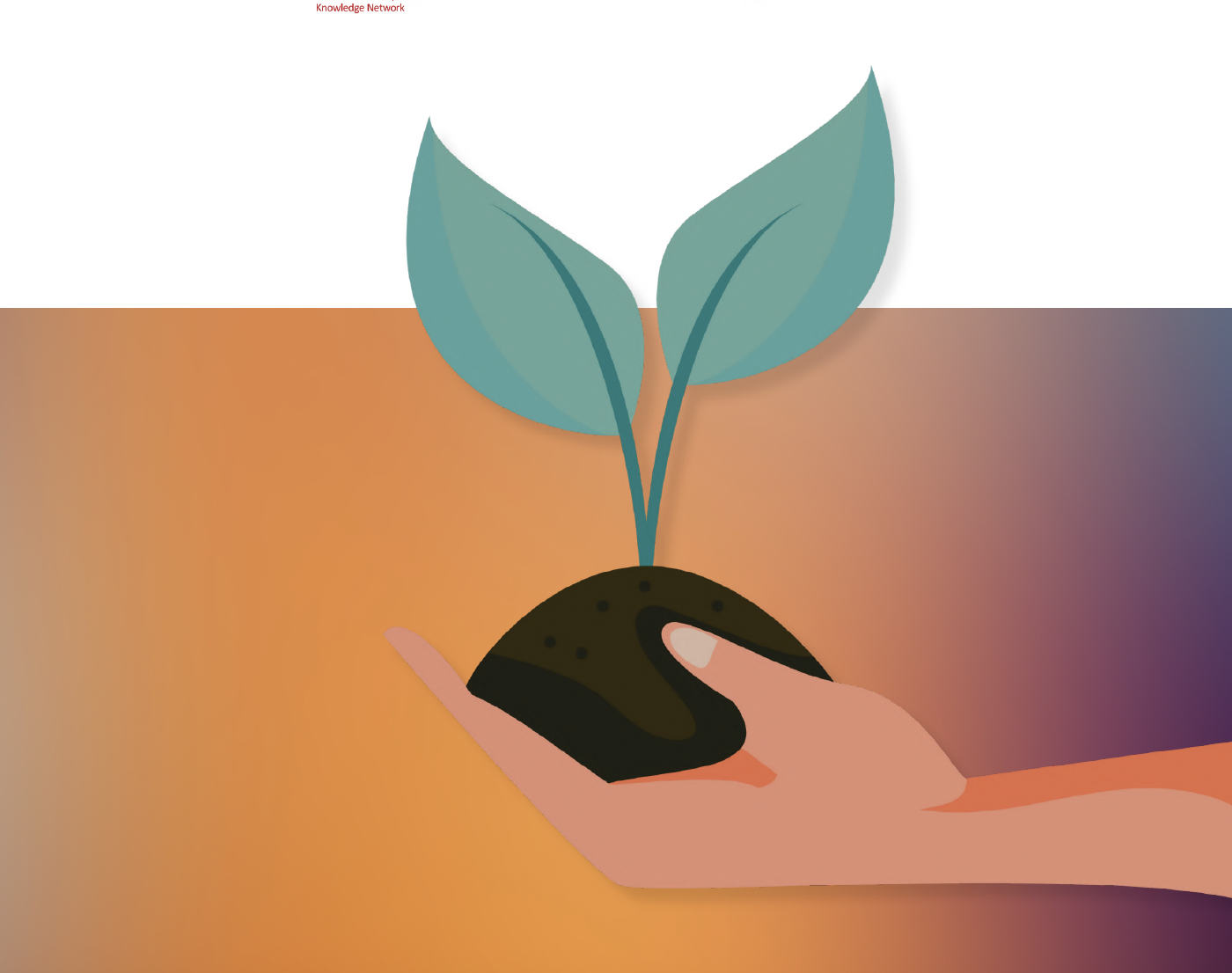This paper reviews the state of the art in agricultural and food sustainability with special emphasis on metrics for monitoring progress toward their accomplishment, and with a view to assisting stakeholders in facing the challenges involved. Priorities, bottlenecks, alternatives, conclusions, and recommendations are considered. Finding long-lasting solutions in this scenario will inevitably require revising rural development and smallholder agriculture, and bringing about structural changes for the benefit of the poorer stakeholders. Better farming systems, new technologies, quality education, and effective business models can be useful toward creating decent jobs, solving resource constraints, expanding market participation, and alleviating physical hardship in the agricultural sector particularly among women and young people. Agriculture in industrialized countries will additionally require restructuring with new policies aimed at favoring low- and medium-income countries. On the other hand, high-income countries will have to face pressing challenges including unhealthy diets, food waste generation, balancing food and biofuel production, and developing fair agricultural policies. In addition, the richer should lead the way to higher levels of productivity, resource efficiency, food safety and traceability, and environmental friendliness in order to provide useful lessons for technological development and policing in developing countries. This is why, after presenting the actual world status of food sustainability and how its global governance is linked to environmental, economic, and social dimensions, some measures and indicators for monitoring progress are reviewed with the final aim of providing solutions and recommendations for the sustainability of the food production and consumption system.
Toward a sustainable metric and indicators for the goal of sustainability in agricultural and food production
Year: 2021
































































































































































































































































































































































































































































































































































































































































































































































































































































































































































































































